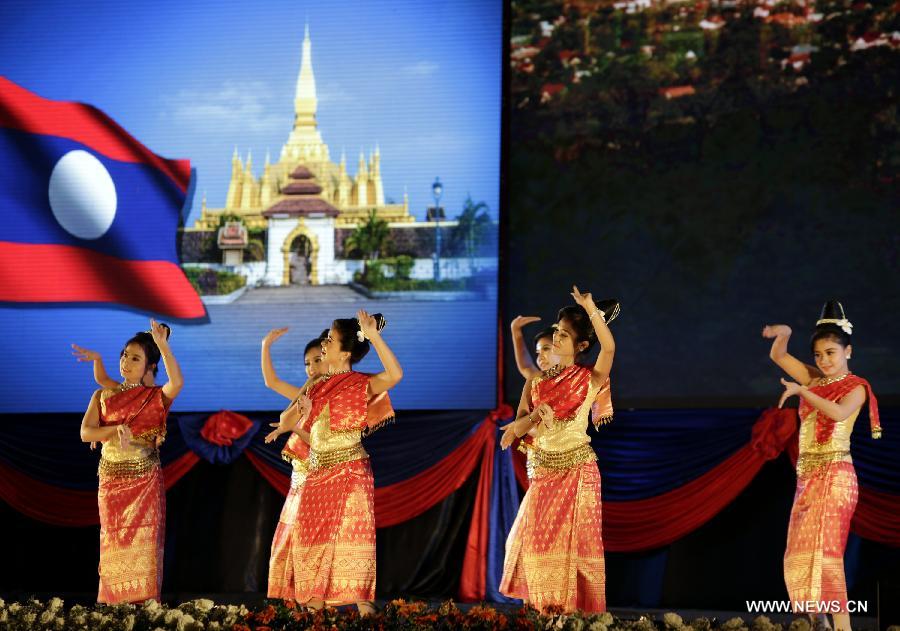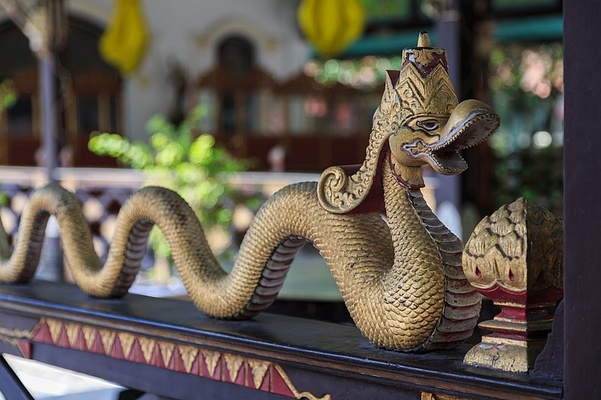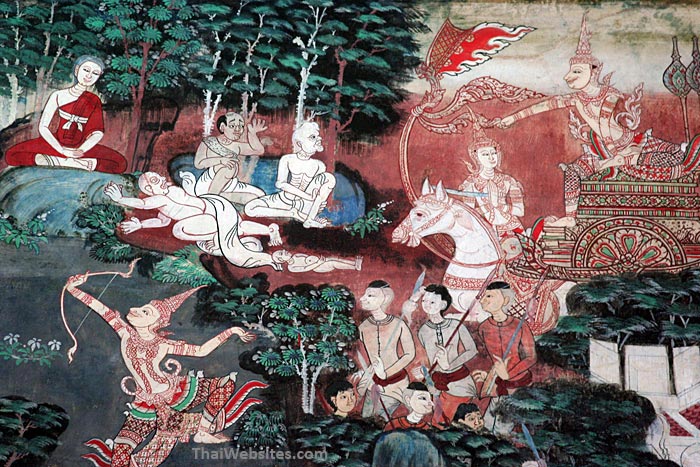Overview
The aspect of arts and culture in ASEAN has become a significant role in building a closer relationship and understanding between neighboring countries in the Southeast Asian region. Each country in ASEAN has its own unique and disparate culture which holds a special place among the hearts of its people.
Different Types of Arts and Culture
Thus, ASEAN countries like Indonesia is known for its diversity of cultural handicrafts and arts which derive from its 300+ ethnic groups. Each ethnic group has their own language/dialect, practices in traditions such as clothes, cuisines and homes, as well as handicrafts that could be useful at home.
Furthermore, the majority of Indonesian art forms carry deep and meaningful symbolisms. Hence, myths and beliefs such as the mythical dragon, the tree of life, and the mythological beast Garuda are all interlinked with special meanings through the origin of their designs and visualizations.
.
Other than the craftsman side of the arts, music also plays an important role in connecting with neighboring ASEAN countries. An example of a country diverse in music is Brunei; Brunei is rich and famous for its traditional instruments such as the gong, gulingtangan, and tawak-tawak. Moreover, each of these instruments differ in the melody it reverberates, leading to their individual uniqueness.
Additionally, arts and culture can also be strongly influenced by religion. An example of this is the traditional art in Thailand that is often associated with religions such as Hindu and Buddhist literature. For example, the first era of Thai painting was displayed as a mural art in temples. These paintings would conceptualize Buddha’s stories and his previous life as Phra Wetsandorn (Vessantara), or also known as “Jataka”.
Similarly, Thai sculptures were also heavily influenced by traditions and religions from Sri Lanka, Khmer, and Mon which depict their forms of art through Buddha and Buddhist ideology. However, modern day art galleries in Thailand have moved on from its traditional roots and instead, illustrating the social issues and Thailand in a globalized world.
Conclusion
It is evident that as years go by, the traditional arts and culture of ASEAN countries are slowly fading away. Or worse, some may already have become eradicated due to globalization. Therefore, it is our responsibility to preserve these cultures of ASEAN countries as they give each country their own unique identity. Without them, we would diminish our connection towards our country’s past, leading to a disruption in transmission of traditions and knowledge.
References
Thai Arts and Culture – สถานเอกอัครราชทูต ณ กรุงไนโรบี. (n.d.). สถานเอกอัครราชทูต ณ กรุงไนโรบี. https://nairobi.thaiembassy.org/th/page/thai-arts-and-culture
H4z. (2014, February 19). Brunei’s traditional musical instruments. Brunei’s Traditional Musical Instruments. https://hazhn.wordpress.com/
Indonesian Arts & Handicrafts. (n.d.). https://www.expat.or.id/info/artshandicrafts-indonesia.html
ASEAN Socio Cultural Community (n.d.). https://asean.org/our-communities/asean-socio-cultural-community/culture-and-information/overview/



